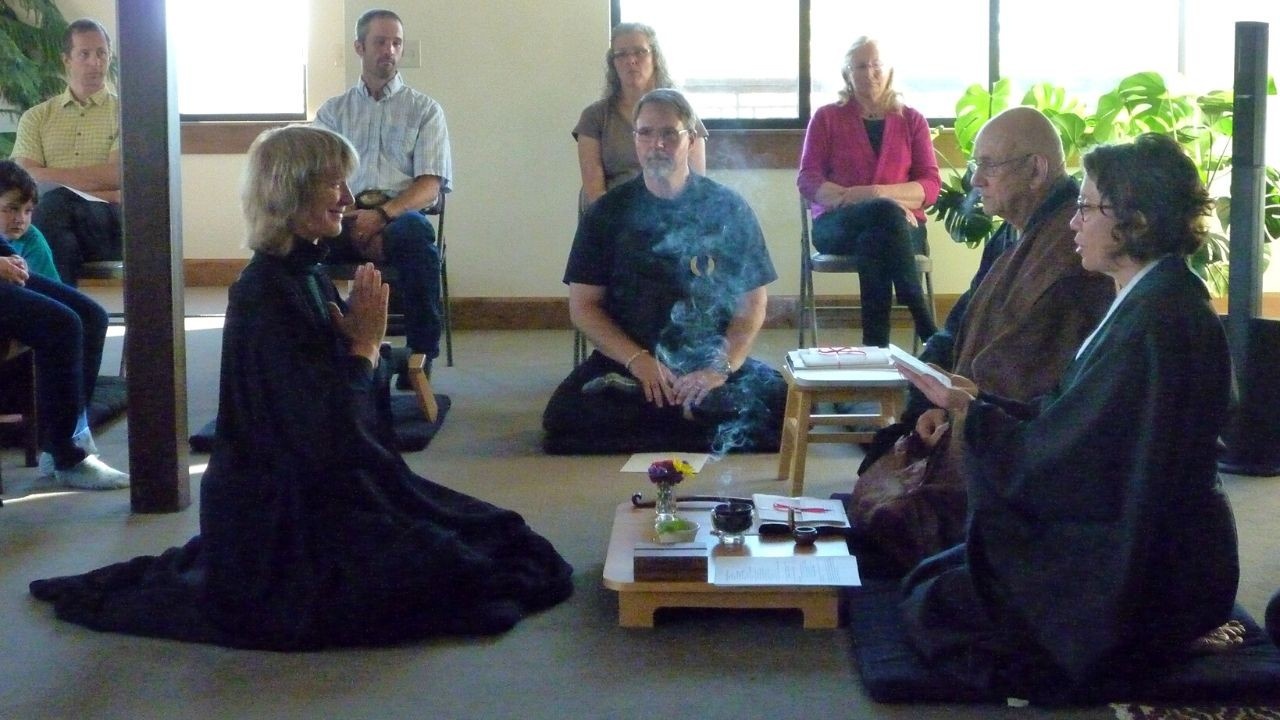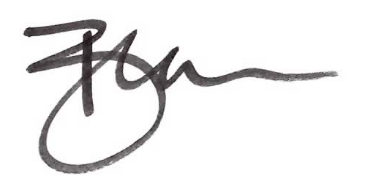
"The forms of Zen Buddhism – black robes, chanting, incense and sitting in zazen– seemed all too familiar to me, echoes of many past lives."
I recently became lay-ordained as a Zen Buddhist. I have been hanging around Zen temples since my teens, but was never much interested in studying the literature and linage of the form. Of course I picked up some of those teachings along the way – more than I had thought, actually – but I was drawn to Zen because of its main emphasis on the direct experience of zazen (meditation). I am big on direct experience – I teach all my students to sense energy; first in the body, and then developing the ability to sense ever more subtle form. I want them to be able to discern for themselves what is true, not blindly believe what they are told. As I have delved into more formal Zen Buddhist study these past few years I have also been investigating my relationship to form, boundaries, limits and authority.
It is common knowledge that children thrive when given enough freedom to experiment and make mistakes - while contained by certain boundaries to keep them safe. We swaddle infants to calm them down, reducing the stimulation to the nervous system and creating a feeling of safety in being held. In the same way we are held by the structure of our lives – work, relationships, and ultimately the form of our physical bodies. Yet within structure there is also a feeling of limitation; inherent in boundaries there is containment. Each of us exhibits varying degrees of preference for more or less form. This preference affects all aspects of our lives; it determines the degree to which we can commit to a relationship, adhere to the structure of a job or company, to plan and schedule, or be consistent in any activity.

Health is often described as moderation, or balance. In this case, one extreme is holding rigidly to a set of rules, a fixed schedule or plan and expectations of how things “should be”. There is a “right way” to do things and an idealization of authority. This mindset leads to disappointment, as people and life are never that perfect or controlled. The other extreme is not wanting to be boxed in by any constraints, be it time, money, or expectations – to be totally open and free to respond “creatively” in the moment. With this mindset, life becomes unpredictable and chaotic and denotes an adversarial relationship with authority. (Don’t tell me what to do!) Both these extremes create undue stress and belie a certain lack of trust, or faith, in the way things actually are; a subtle form of denial or rejection.
Many years ago I was at Green Gulch Zen Center for a week, and every shift in activity was signaled by a bell. Time to eat. Time to work. Time to study. Time to meditate. I realized then that not having to constantly choose what to do next was liberating; my mind was freed from the tyranny of choice. Within all these activities my mind was free. It was an epiphany for me. Yet it still took many years for me to surrender to form, to appreciate and value its positive attributes. The middle way of balance is finding comfort and freedom in form, and understanding that form, structure and boundaries are only healthy when they have a certain amount of flexibility.
The forms of Zen Buddhism – black robes, chanting, incense and sitting in zazen– seemed all too familiar to me, echoes of many past lives. When faced with a decision to repeat a particular setting or scenario in this life or do something different, I always opt for the new and novel. I have come to understand that steeping myself in a specific tradition once again is a way of deepening that understanding and experience. So I am finally ready to commit – to this form, for this lifetime.

Bear
I Shin Sei Do
Healing Heart, Clear Path
(my Zen Dharma name)

Thank You for Being Here
If my thoughts and observations are interesting to you, please consider supporting my work by subscribing. If that’s not feasible for you, I also publish the blog on Medium, Substack and BlueSky.
I wish for you - and all of us - a new year of engagement and conscious growth!
